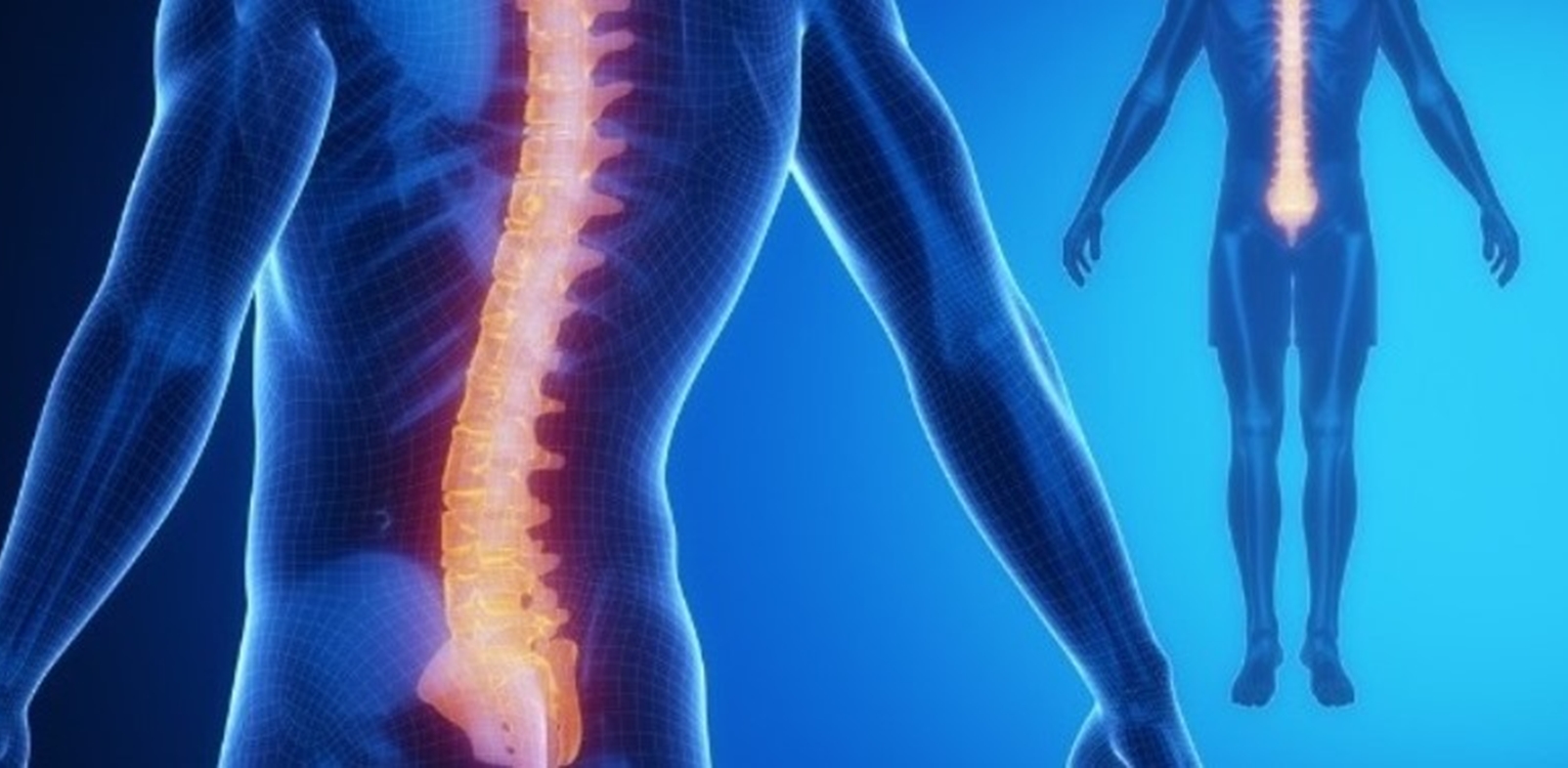
Back pain is one of the most common medical problems in the United States. It is also the leading cause of disability globally, it’s the number one reason why people miss work, and it can happen to anyone. Back pain can range from a muscle aching to a shooting, burning or stabbing sensation. Also, the pain can radiate down a leg. Bending, twisting, lifting, standing or walking can make it worse.
Spine issues are the most common causes of back pain. The spine is made up of bones called vertebrae, which protect and support the spinal cord and nerves. A number of conditions and injuries can affect the spine, which can damage the vertebrae, cause pain, and limit mobility.
Common symptoms
Spinal problems may cause one or more of the following symptoms:
1.) Back and neck pain
2.) Numbness
3.) Tingling sensation
4.) Pain in the legs, arms, or both
Types of Spine Disorders
Numerous conditions can affect the spine anywhere from the neck to the lower back. Some common conditions include:
1.) Arthritis
2.) Degenerative Disc Disease
3.) Herniated disc
4.) Spinal stenosis
5.) Spondylosis
6.) Ankylosing spondylitis
7.) Basilar invagination, basilar impression, and cranial settling
8.) Kyphosis
9.) Myelopathy
10.) Osteoporosis and vertebral fractures
11.) Radiculopathy
12.) Scheuermann's kyphosis
13.) Scoliosis
14.) Spinal cord cancer
15.) Spinal cord injury/Fractured Vertebrae
16.) Spinal deformities
17.) Spinal tumors
18.) Spondylolisthesis
19.) Sciatica
20.) Cauda Equina Syndrome
21.) Syringomyelia
22.) Shingles, etc.
Causes of Spine Disorders
1.) Congenital disorders (present since birth)
2.) Inherited disorders
3.) Inflammation
4.) Infection
5.) Accidents/injuries
6.) Degenerative wear and tear
Risk Factors for Spine Disorders:
Factors that can increase the risk of developing a spine disorder include:
1.) Excess weight or obesity
2.) Pregnancy
3.) Trauma
4.) Improper/insufficient Nutrition
5.) Lifestyle habits such as sedentary lifestyle, smoking, etc.
6.) Arthritis or thyroid disease
7.) Occupational Activities
8.) Poor posture
9.) strenuous physical exercise or work, especially if done incorrectly
Diagnosis
A careful physical exam and a review of medical history is the first step in diagnosing a spinal cord disorder.
Depending on each patient’s individual case, doctors might recommend one or more tests of the following tests:
1.) X-ray - An X-ray can reveal issues like spinal malalignment, signs of arthritis, tumors, infections, fractures, etc.
2.) Computed tomography (CT) scan - CT uses specialized X-rays to produce cross-sectional, 3D images of the spine. CT provides images that are more detailed than plain X-rays for evaluating bone injuries or disorders.
3.) Magnetic resonance imaging (MRI) scan - MRI uses radio waves and a strong magnet to produce detailed images of the spine. MRI is useful in detecting injuries and disorders in soft tissue such as muscles, ligaments, tendons, spinal cord, and nerves.
4.) Myelography - Myelography is an imaging test performed using an injectable contrast material to evaluate the spinal cord, its protective outer membrane (meninges) and nerve roots. Myelography produces an image called a myelogram. Myelography is helpful to detect and diagnose spinal disorders that cause myelopathy—or, spinal cord compression, such as spinal infections, tumors, or traumatic injuries
5.) Electromyography or nerve conduction velocity testing - EMG/NCV neurophysiologic testing of nerves to help localize site of compression or other neural pathology. Electrodiagnostic examinations measure electrical activity generated by muscles and nerves. They generally involve seeing how different parts of the body react to stimuli. These tests can reveal nerve dysfunction, muscle dysfunction or problems with nerve-to-muscle signal transmission.
Treatments:
Treatment for spinal cord disorders depends on the location and severity of the condition.
1.) Lifestyle Modifications, Correction of posture and Physical Therapy - These are always the first line of treatment. Physiotherapy should be done under the guidance of the treating physician and physical therapist.
2.) Traction: Pulleys and weights are used to stretch the back. This may result in a herniated disk moving back into position. It can also relieve pain temporarily during the time when traction is applied.
3.) Pharmacologic Treatments - Analgesics, anti-inflammatory drugs, muscle relaxants and other medications can be used to help control chronic back pain. However, most come with unwanted side effects and are not intended for prolonged use.
4.) Injection-based Treatments - Nerve blocks, epidural steroid injections, nerve ablations and other types of injection-based procedures are available for chronic back pain. Cortisone injections are injected into the epidural space, around the spinal cord to helps reduce inflammation around the nerve roots. Injections may also be used to numb areas thought to be causing the pain.
5.) Alternative Therapies like yoga, accupuncture, etc. might also help.